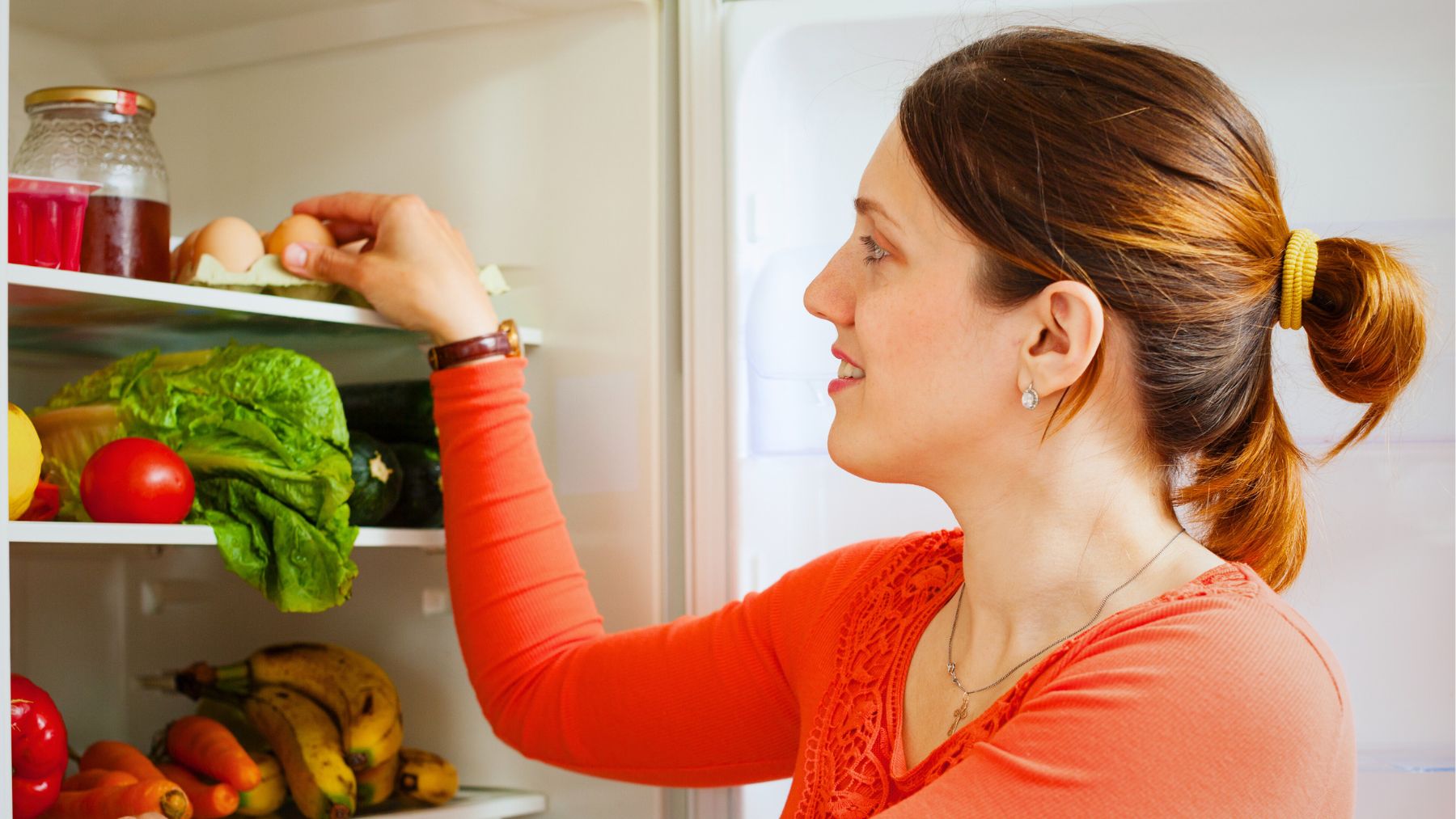If you’ve ever opened the fridge expecting a crisp apple or juicy berries, only to discover mush instead, you’re not alone. The root of the issue often lies in the method we use to store them. Instead of relying on airtight containers and closed plastic bags, which trap moisture, ethylene gas, and other byproducts that accelerate decay, the solution is to employ breathable storage that preserves the freshness and flavor of your produce.
Here, we will explain the best strategy for prepping and packing your fruit in the fridge. You’ll learn why the timing of washing is crucial, explore innovative alternatives to plastic, and receive practical advice on maximizing the use of your crisper drawers for optimal airflow. A few thoughtful modifications can extend the life of your fruit by days, reduce microbial growth, and significantly lower food waste.
How to store fruit in your fridge: all the secrets
The primary objective is to balance moisture levels and control the buildup of ethylene gas while maintaining a cool environment. Avoid using sealed containers that stifle air circulation. Instead, focus on selecting the optimal spots within your refrigerator to best suit each type of fruit. Here is how.
Wash only when ready to eat
Moisture creates an ideal setting for mold and bacteria. Washing fruit before storage leaves water clinging to the skin, setting the stage for spoilage. For delicate produce, such as strawberries, grapes, and other tender fruits, it’s best to store them completely dry until the moment of consumption. For more robust fruits like apples or pears, a quick rinse immediately before eating is sufficient.
Choose breathable containers
Discard conventional plastic bags and sealed tubs, and instead opt for:
- Perforated plastic containers: The tiny holes enhance air circulation and help regulate internal humidity levels.
- Vented produce bags: Designed specifically for maintaining airflow, these bags are readily available in stores and offer an excellent alternative to conventional plastic.
- Paper bags: Particularly effective for fruits like apples or pears, paper bags absorb excess moisture while allowing the fruit to breathe naturally.
- Open bowls lined with paper towels: Ideal for delicate berries, this method combines the absorption power of paper towels with the benefits of unrestricted air movement. Just remember to replace the paper towel once it becomes damp.
Master your crisper drawer
Your fridge’s crisper drawers are engineered to regulate humidity and create microenvironments that extend produce freshness. Use them strategically:
- High humidity drawer (usually marked with a vegetable icon): Best for fruits that wilt easily, such as strawberries, blueberries, raspberries, grapes, and cherries. Keep these delicate items in their breathable containers within this compartment to maintain optimal moisture levels.
- Low humidity drawer (typically marked with a fruit icon): Better suited for fruits that emit higher levels of ethylene gas, like apples and pears. Lower humidity in this drawer slows the ripening process, so store these fruits separately to prevent premature over-ripening.
Separate the gas producers
Some fruits naturally emit ethylene, a ripening hormone that can trigger maturation and decay in nearby produce. Make sure to segregate strong ethylene emitters such as apples, pears, bananas (although bananas are best stored outside the fridge), and avocados from ethylene-sensitive fruits like berries, grapes, citrus, and melons.
By following these steps—keeping fruit dry until ready for consumption, using breathable containers, optimizing your crisper drawer settings, and separating ethylene producers—you will notice a significant enhancement in your fruit’s longevity. Expect reduced mold growth, fewer instances of mushy texture, and a supply of fresh, nutrient-rich snacks.

